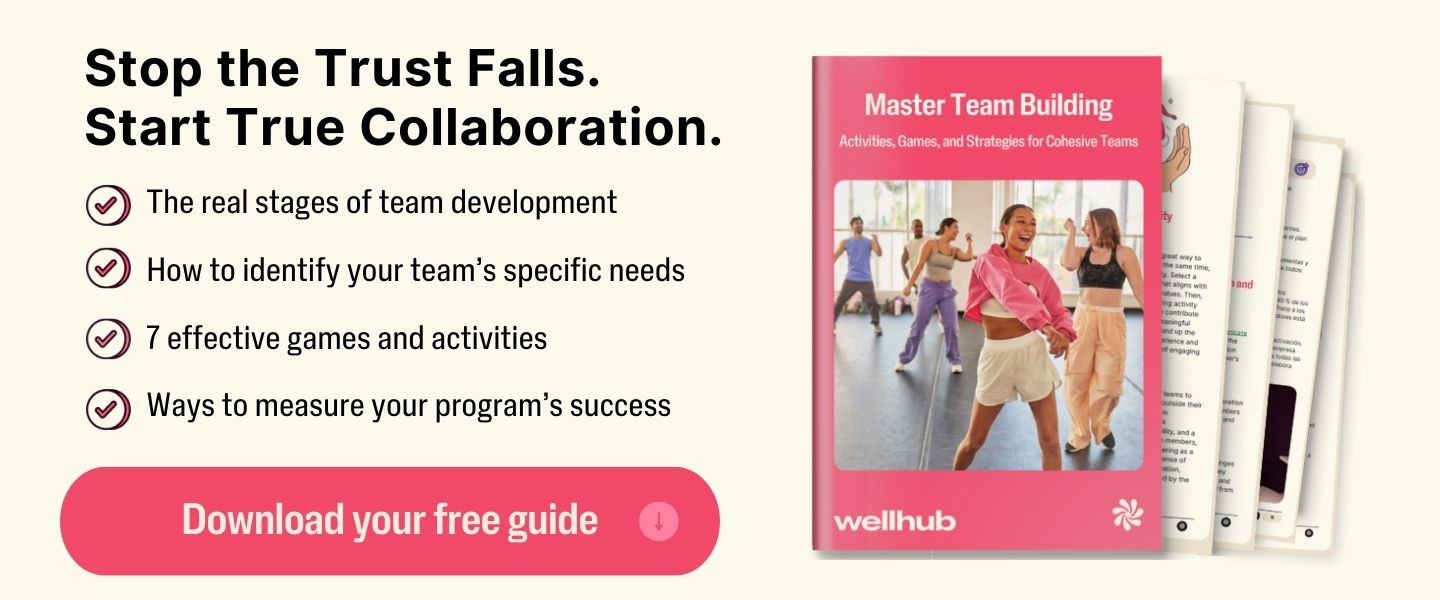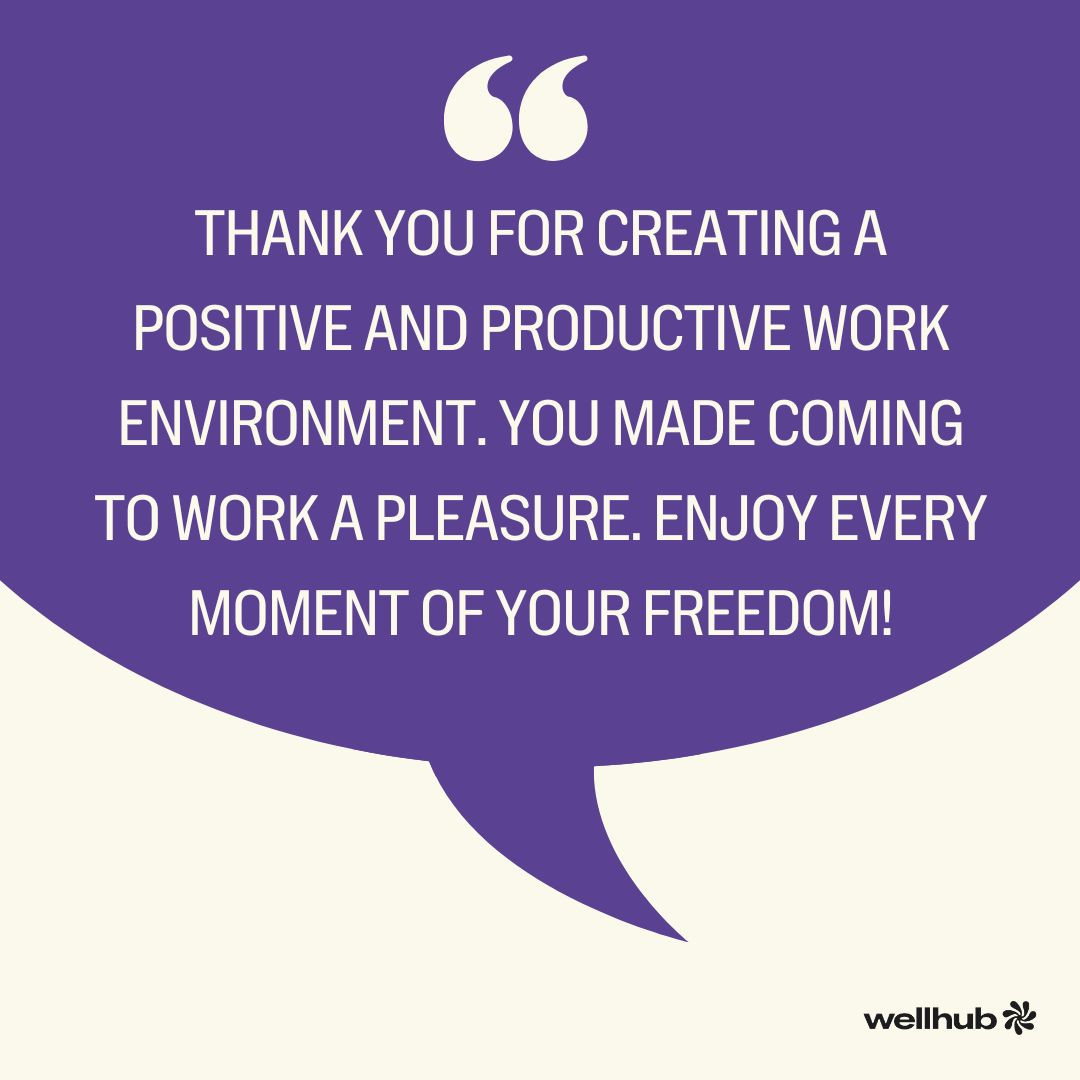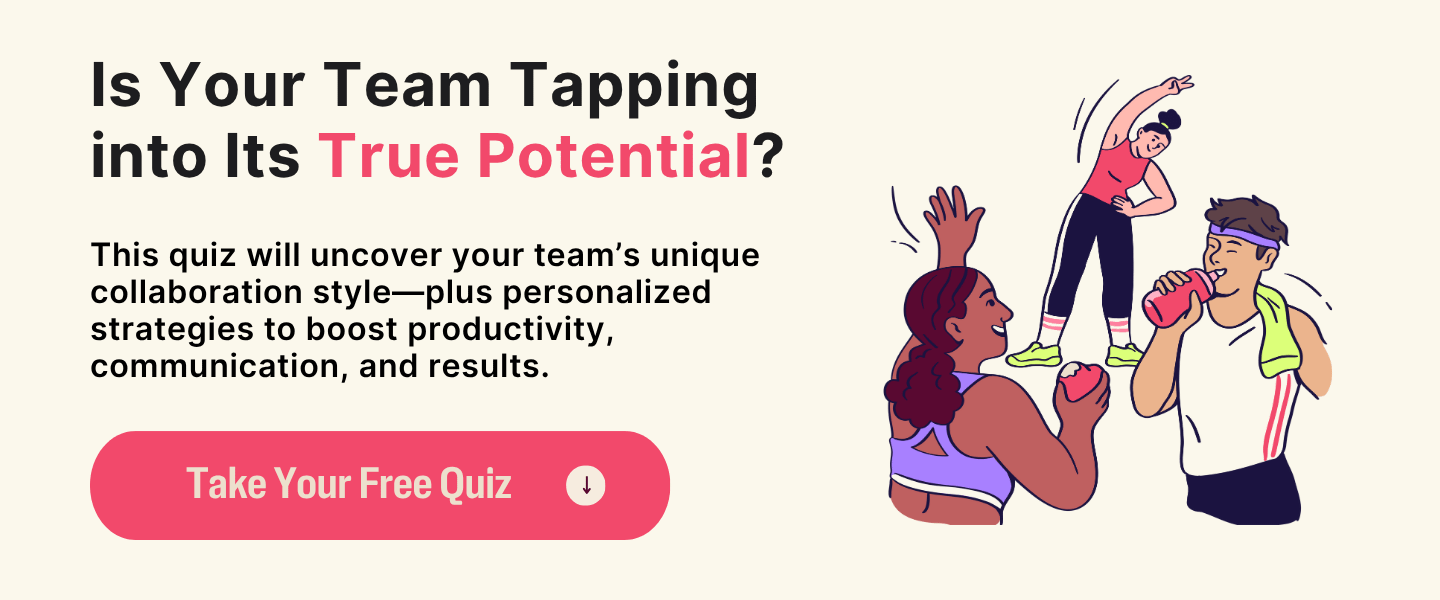120 Retirement Messages to Coworkers: Examples for Every Scenario
Last Updated Oct 27, 2025

Your team's about to lose a legend. Are you ready to make their goodbye count?
Retirement isn’t just a goodbye—it’s a cultural milestone. But too often, it gets treated like an afterthought. A quick card. A templated email. A “Best of luck!” that says very little. When that happens, the real message gets lost: You made a difference here.
Retirement messages shape how people feel about their time with you—and how others see their own path forward. Done right, they reinforce your values, boost your employer brand, and show that recognition doesn’t stop at the finish line.
This guide helps you make every farewell feel personal and powerful. Get the why behind great retirement messages, tips for tone and role-specific impact, ready-to-send examples, and a simple way to measure what matters.

15 Messages for a Long-Time Coworker/Colleague
These messages focus on shared work experiences, teamwork, and the lasting professional impact of a valued colleague. Use these to acknowledge their years of service and the contributions they've made to the team and company.
- It's been a true pleasure working alongside you all these years. Your dedication and positive attitude were an inspiration to us all. Happy retirement!
- We’ve been through a lot of projects and deadlines together. Thank you for your teamwork, wisdom, and patience. Wishing you the happiest retirement!
- Your work ethic has been the standard for everyone in the department. While we’ll miss your expertise, we’re thrilled for you to enjoy your next chapter.
- Congratulations on leaving behind a remarkable legacy at this company. Thank you for your mentorship and friendship. Best wishes for a long and joyful retirement.
- It’s hard to imagine the office without your steady presence and great sense of humor. You’ve earned every minute of relaxation ahead.
- Thank you for being the go-to person for so many of us. Your guidance was invaluable. Enjoy the freedom that retirement brings!
- Wishing you a retirement that is just as successful and fulfilling as your impressive career here. We will miss you!
- I will always treasure our shared lunch breaks and brainstorming sessions. You were more than a colleague; you were a great friend. Stay in touch!
- You not only made a huge difference to this company but also touched a lot of lives along the way. Happy retirement, and thank you for everything.
- Few people can look back on their career and see such a wide-ranging and positive impact. We wish you all the best in your well-deserved retirement.
- Thanks for always being willing to go the extra mile and for setting a high bar for the entire team. Now it’s time to put your feet up and relax!
- Your dedication and loyalty to this organization are unmatched. Congratulations on a truly successful professional journey.
- You’ve been the anchor of this team for so long. We are going to feel your absence, but we celebrate your well-earned freedom!
- Retirement is the perfect reward for all your years of hard work. We hope this new chapter is filled with everything you love.
- Farewell to an amazing colleague! Thank you for the laughter, the lessons, and the great memories. Wishing you all the happiness in the world.
15 Retirement Messages for a Boss/Manager
These messages acknowledge the retiree's leadership, support, and professional guidance. They should convey respect and appreciation for the impact the boss had on the team and individual careers.
- Your leadership has left a lasting mark on this company and on my career. Wishing you endless happiness in your retirement!
- Thank you for being an inspiring leader and a patient mentor. I will always value the guidance you provided. Congratulations on your retirement!
- It’s been an honor working under your guidance. Enjoy your new chapter—you deserve all the relaxation and joy in the world.
- The entire team is going to miss your steady hand and wise words. Congratulations on a stellar career, Boss!
- You’ve built a legacy of excellence here, and I feel lucky to have been part of your journey. Wishing you a retirement filled with joy.
- Thank you for your trust and support; you helped me grow as a professional and as a person. Happy retirement!

We wouldn't be where we are today without your vision and dedication. Wishing you a retirement as wonderful as your career!
- Bosses like you who support their team no matter what are hard to come by. Thank you for everything you taught me. Enjoy your retirement!
- Your impact here will last long after you've left. We're incredibly grateful for your wisdom and perspective. Best wishes for a happy retirement.
- From all of us, thank you for your patience, kindness, and exceptional leadership. May retirement bring you everything you’ve ever wished for!
- Your wise words of experience will forever stay with me. Congratulations on a job well done. We're going to miss you, Boss!
- Your belief in me made all the difference. Thank you for seeing my potential and for your incredible support. Happy retirement!
- Now that you’re retired, we hope you finally have the time to enjoy all the hobbies and adventures you put on hold for this job. Cheers!
- Thank you for creating a positive and productive work environment. You made coming to work a pleasure. Enjoy every moment of your freedom!
- You were the captain of this ship, steering us to success. Now, it's time to explore new horizons. Happy retirement, and may your travels be grand!
25 Uplifting & Positive Retirement Wishes
These messages are perfect for celebrating the retiree's exciting new chapter, emphasizing freedom, joy, and the wonderful adventures ahead. They are ideal when the focus is on fun and relaxation, rather than past work.
- Congratulations on your retirement! May this new chapter bring you great joy, fulfillment, and endless days of relaxation.
- Wishing you all the best as you embark on this exciting new phase of life. May your future be filled with everything you’ve been dreaming of!
- Happy retirement! It’s time to trade in your deadlines for daylight and your meetings for moments of pure fun.
- Cheers to your well-earned retirement! May your next journey be full of adventure, discovery, and happiness.
- Retirement is not the end of the road; it’s the beginning of the open highway. Happy travels, my friend!
- You've earned this time to unwind and enjoy the fruits of your labor. Wishing you a retirement filled with good health and cherished memories.
- May your retirement be as bright and cheerful as the days you’ve brightened for us. Enjoy every moment!
- Here's to a future filled with love, laughter, and leisure. Happy retirement—the best is yet to come!
- Wishing you a retirement that is just as successful and fulfilling as your career was. Let the new adventures begin!
- Now you can finally do all the things you love but never had time for. Go pursue your passions with vigor!
- Congratulations! Your next chapter looks amazing. Wishing you lots of freedom and fun in your retirement years.
- May every day bring you new joys and new reasons to smile. Happy retirement!
- Time to live your dreams! Wishing you endless days of relaxation, contentment, and new possibilities.
- Retirement: where every day is Saturday! Enjoy your well-earned rest to the fullest.
- Wishing you an exciting retirement filled with new hobbies, great friends, and plenty of sunshine.
- You’ve worked hard—now it’s time to play harder. Cheers to kicking back and enjoying life!
- May your journey ahead be filled with spontaneous road trips, good books, and perfect moments. Happy retirement!
- Congratulations on this special milestone! May this new phase of life bring you all the happiness you deserve.
- Now that you’ve escaped the office grind, the real fun begins! Wishing you amazing adventures ahead.
- May your retirement be the beginning of a time filled with joy and contentment. Happy retirement!
- Welcome to the longest and best vacation of your life. Relax, refresh, and relish your newfound time!
- You’ve earned the freedom to follow your passions. We’re excited to see what you do next! Happy retirement.
- Here’s to trading in your work clothes for comfort and your briefcase for a bucket list. Enjoy every second!
- Wishing you good health, happiness, and success in all your future endeavors. Congratulations on your retirement!
- Your next great adventure starts now! May it be everything you've dreamed of and more.

20 Heartfelt & Sentimental Retirement Messages
These messages are designed for personal connections, expressing deep gratitude, loss, and warmth. They work best when you have a close relationship with the retiree, whether professional or personal.
For a Mentor or Close Colleague (Work-Focused)
These notes reflect on shared professional history, gratitude for guidance, and the impact the retiree had on the sender's career.
- I've learned so much from you, and it's hard to imagine our team without your wisdom. Thank you for being an incredible mentor and friend.

Your guidance, humor, and kindness have been the heart of our department. You'll be deeply missed, but your retirement is so well-deserved.
- Saying goodbye is never easy—especially to someone who made work feel like home. Wishing you every happiness in this next chapter.
- Thank you for being a steady presence and always bringing out the best in everyone around you. I hope you enjoy a very happy retirement.
- Working with you over the years has been a true pleasure. I will always treasure our conversations, shared laughs, and moments together.
- You've touched so many lives here. Thank you for everything you've done, seen, supported, and inspired.
- I cannot imagine the last five years without you. Thank you for always listening and offering your perspective. Please keep in touch!
- I’ll always treasure the projects we worked on and the laughs we shared. Enjoy your well-earned rest and the freedom it brings.
- We are truly blessed that we’ve been able to call someone like yourself a team member. Your dedication has never gone unnoticed.
- Congratulations on this special milestone. While we’re sad to see you go, we’re so excited for you to get the long, joyous break you've earned.
For a Close Friend or Family Member (Non-Work)
These messages focus on personal dreams, shared history outside of the workplace, and encouraging the retiree to prioritize themselves.
- To my dear friend, your hard work is done. It's time to focus entirely on your dreams and desires. We're so excited for you!
- Family is forever, and so are the memories we’ve made. Wishing you a retirement filled with love, joy, and every new adventure.
- Now that you’ve finally put down the briefcase, let’s go dust off that travel bucket list! I can't wait for our new adventures together.
- Congratulations on trading your suits for slippers! May your retirement be as rewarding and fun as our times together have been.
- You’ve always put others first. Now, it’s time for this chapter to be 100% about you. Enjoy every single second of your retirement.
- I’ve watched you reach this milestone, and it’s so inspiring. You deserve to enjoy every single moment of this next, beautiful phase of your life.
- Here's to you, my friend! May your retirement be the adventure you’ve always dreamed of. Let the good times roll!
- Wishing you laughter, happiness, and plenty of good, easy times in your retirement. You’ve earned it, my friend!
- As you retire, know that your legacy within our family is invaluable. Enjoy every moment of this new, wonderful chapter.
- Remember all the plans we made? It’s officially time to start making them happen! Cheers to new beginnings and endless weekends!
25 Funny & Witty Retirement Messages (for Coworkers and Friends)
Use these messages to keep the farewell light, warm, and entertaining. Humor is a great way to celebrate the retiree's escape from the daily grind and their newfound freedom.
For Coworkers & Work Acquaintances
These messages often joke about shared work experiences, meetings, or the 9-to-5 life.
- What do you call a person who is happy on Monday? Retired. Enjoy it!
- Goodbye tension, hello pension! Let the fun begin!
- Congratulations! You've officially been promoted to full-time relaxation.
- Well, now you can finally wake up whenever you want. Enjoy those lazy mornings and no alarm clocks!
- I hope you get to enjoy all the fun you've earned—and maybe a little mischief too!

You’ve clocked out for the last time. No more work drama for you! Enjoy retirement!
- We're going to miss your humor around the office. But I guess you'll be too busy being happy to miss us. Congrats on your escape!
- I still can't believe you're retiring—who's going to make us coffee now? Happy retirement!
- Retirement: The world’s longest coffee break begins now. Enjoy, you’ve earned it!
- Remember all the times you said, "Not my problem?" Now it's officially true.
- You've been promoted to the best job ever: Doing absolutely nothing you don't want to do.
- I'm not jealous, I'm just sad I have to stay here. Wishing you the happiest retirement!
- Now you can trade in your laptop for a cocktail. Cheers to your well-deserved freedom!
- Retirement isn't really all as great as it sounds. No pressure from the boss, zero deadlines... how will you manage?
For Close Friends & Family
These messages are more personal, focusing on hobbies, vacation, and enjoying simple pleasures.
- They say retirement is like a permanent vacation. Here's hoping yours is even better than the best vacation you ever dreamed of!
- Time to trade in your suits for slippers and your briefcase for a hammock. Enjoy!
- Now you can finally take a nap at 2 PM without feeling guilty. Congratulations!
- Congratulations on retiring! Just remember, you can always go back to work if you get bored... just kidding!
- Now that you're retired, you can finally dig into that garden you've always dreamed of. I can't wait to see your green thumb in action!
- Wishing you a retirement filled with more [Hobby] and less [Work Task].
- Welcome to the club! Now you have all the time in the world to plan our next parties. We can't wait!
- The question isn't at what age you retire, it's at what income. Hope it's a good one! Enjoy!
- Time to sit back, relax, and enjoy the ride. Just be sure to save a souvenir for me from your travels!
- You’ve officially escaped the corporate jungle. Congratulations on your freedom—don’t forget about us common folk!
- Now you can finally catch up on all those books you've been wanting to read. (Or just binge-watch TV.) Enjoy every minute!
20 Short & Sweet Retirement Messages (One-Liners)
These one- to two-sentence messages are perfect for a quick sign-off in a group card, email signature, or text message when you want to keep it brief and impactful.
- Welcome to the good life! Enjoy your retirement.
- Happy retirement! The best is yet to come.
- Cheers to the next chapter! You've earned it.
- Congrats on retiring. Enjoy the freedom!
- Best wishes for a happy and fulfilling retirement.
- No. More. Work. Enjoy your longest holiday!
- Let the adventure begin! Enjoy every day.
- Time to live your dreams. Happy retirement!
- Wishing you endless joy and relaxation.
- Congratulations! You came, you succeeded, you retired.
- Here's to good health and great times ahead.
- Retirement suits you. Make the most of it!
- Life begins now. Enjoy every minute.
- Time to trade deadlines for travel plans.
- Wishing you a wonderful and peaceful retirement.
- Thank you for everything. You will be missed!
- No more alarm clock. Cheers to freedom!
- Go ahead, put your feet up and relax.
- We envy you! Wishing you the very best.
- Retirement is your reward. Have fun!

Essential Elements for Meaningful Retirement Messages
A great retirement message includes more than a farewell—it tells a story. Here's the formula HR leaders can use to craft or guide others in writing meaningful messages:
- Start with Sincerity: Use natural, heartfelt language. Avoid clichés. Speak like a person, not a corporate policy manual.
- Get Personal: Details matter. Reference specific projects, milestones, or habits that made the retiree unique. Did they start every meeting with a joke? Lead a critical product launch? Include it.
- Celebrate Contributions: This is the moment to name their wins. Highlight achievements, awards, team leadership, or culture-building moments. HR can compile a quick “career highlight reel” by asking the employee’s team for input.
- Express Gratitude: Say thank you—clearly and unequivocally. Whether it’s for their service, wisdom, or camaraderie, gratitude should be central.
- Wish Them Well: Close by expressing genuine enthusiasm for their future. Mention shared hopes (more travel, family time, personal projects) if the employee has disclosed them.
- Short & Sweet Signatures: Options include: “Wishing you all the best in this new chapter!”, “Happy retirement—you will be missed!” and “Thanks for everything. Enjoy every minute!”
By providing these guidelines, HR ensures that every message, regardless of the sender or circumstance, is uplifting and personalized.
Why Retirement Messages Matter: Strategic Benefits for HR and Your Company Culture
Retirement messages are much more than just polite gestures—they are defining moments that reinforce a core message to your entire workforce: "You mattered here." For HR leaders, these messages are a powerful, yet often overlooked, strategic tool. Integrating thoughtful farewells into your toolkit strengthens your employer brand, boosts internal morale, and sets the tone for your company culture.
Here’s why these messages deserve a central spot in your HR toolkit:
- Employee Recognition & Appreciation: Retirement messages are a critical form of employee recognition. They help close the loop on an employee’s experience and signal that their legacy will live on. Recognition at this stage reinforces loyalty, pride, and a culture of mutual respect.
- Maintaining Positive Workplace Culture: A warm, thoughtful goodbye isn't just about the person leaving. It shows every team member what your culture stands for. A well-handled send-off demonstrates that your organization values its people from onboarding through retirement.
- Strengthening Employer Brand: The way an organization says goodbye reflects its values just as much as how it welcomes new hires. Retirement ceremonies and messages often become stories employees share with others—including on review platforms. When these stories are positive, they powerfully boost your employer brand.
- Facilitating Smooth Transitions: Goodbyes don’t have to be disruptive. Celebrating a retiree with grace and warmth creates clarity and closure, which helps remaining teams adjust and prepare for what's next.
- Boosting Morale of Remaining Employees: When employees see their colleagues being appreciated, it signals that their own contributions will be honored as well. This boosts engagement, enhances retention, and keeps your team motivated.
- Potential for Alumni Engagement: A great retirement experience can lead to continued relationships, opening the door for consulting, mentoring, or even rehiring. Positive offboarding keeps doors open and can expand your talent pipeline.
How to Tailor Retirement Messages: Tips for Managers, HR, and Colleagues
Not every retirement message should sound the same. A heartfelt email from a manager needs a different tone and purpose than a formal company-wide announcement.
As an HR professional, you can help tailor messages effectively for any sender or scenario:
- From Company Leadership: These messages are typically delivered via all-staff emails or during retirement celebrations. Guide leadership to include core elements like service duration, key achievements, and a warm farewell. While the tone is formal, it should still feel human—always avoid generic phrases in favor of specific language.
- From Direct Managers: Managers work closest with retiring employees and can offer the most personalized reflections. Encourage them to highlight specific contributions, leadership moments, and interpersonal qualities. HR can provide managers with prompts and a simple framework to avoid writer’s block and ensure a consistent, positive tone.
- From Colleagues: These messages often live in shared cards, tribute videos, or team threads. HR can facilitate participation by creating shared documents or prompting teams with “memory joggers” (e.g., “Share your favorite moment with [Name]!”). This helps create a collective, authentic show of appreciation.
- For Long-Serving Employees: Legacy is the theme here. Focus on mentorship, organizational impact, and how they’ve helped shape the workplace. These messages should draw from institutional knowledge and serve as cultural touchstones.
- For Shorter-Tenure Employees: Everyone deserves a meaningful send-off. Acknowledge their contributions and express genuine excitement for their next chapter. Use language that reinforces that every contribution matters, no matter the tenure.
- Under Difficult Circumstances: When retirement is due to health or other personal challenges, messages must be handled with great care. HR should approve any formal communication and offer support to peers crafting their notes. These situations require empathy, flexibility, and often a private rather than public approach. This protects the employee's privacy and maintains the dignity of the farewell.
Make Every Farewell Part of a Wellbeing Strategy
Retirement messages carry weight. When they feel rushed or generic, people may leave feeling overlooked. That moment shapes how others see their future at your company. HR leaders who build a culture of appreciation help employees feel valued through every stage of their career.
A wellbeing program strengthens that culture. It supports recognition, connection, and belonging from day one through retirement. Speak with a Wellhub Wellbeing Specialist to build a culture of support that carries through every career milestone!

Company healthcare costs drop by up to 35% with Wellhub*
See how we can help you reduce your healthcare spending.
[*] Based on proprietary research comparing healthcare costs of active Wellhub users to non-users.
Category
Share

The Wellhub Editorial Team empowers HR leaders to support worker wellbeing. Our original research, trend analyses, and helpful how-tos provide the tools they need to improve workforce wellness in today's fast-shifting professional landscape.
Subscribe
Our weekly newsletter is your source of education and inspiration to help you create a corporate wellness program that actually matters.
Subscribe
Our weekly newsletter is your source of education and inspiration to help you create a corporate wellness program that actually matters.
You May Also Like

DiSC Assessments: What They Are and How They Can Help Your Teams
The DiSC assessment is a personality profiling tool to help HR teams and managers better understand their employees. Here’s how they can help your business.

Insubordination: Definition, Examples, and How to Address It | Wellhub
Workplace insubordination is refusing to follow authority. Here's how to spot it, prevent it, and handle it with an 8-step HR action plan.

Employee Relations: Building a Company to Go the Distance
Employee relations (ER) focuses on the relationships between employers and employees. Learn more with Wellhub.